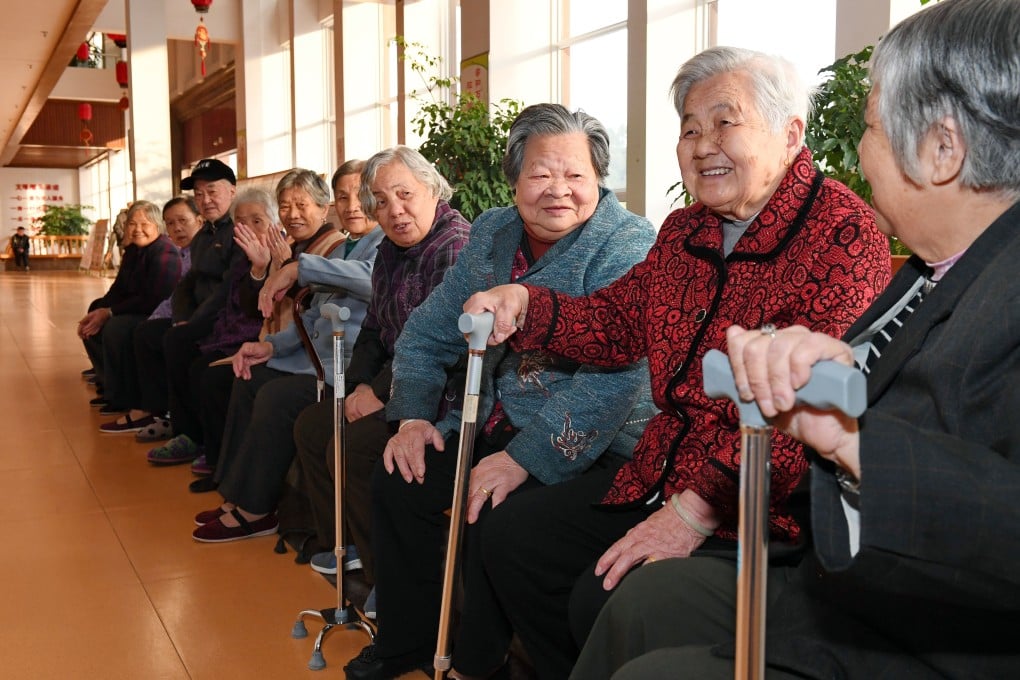China’s state pension fund to run dry by 2035 as workforce shrinks due to effects of one-child policy, says study
- The urban worker pension fund, the backbone of the country’s state pension system, is under threat, warns the Chinese Academy of Social Sciences
- Number of citizens exceeding the normal retirement age reached 249 million at the end of 2018, some 18 per cent of the total population

China’s main state pension fund will run out of money by 2035 due to a decline in the available work force, according to new research.
The urban worker pension fund, the backbone of the country’s state pension system, held a reserve of 4.8 trillion yuan (US$714 billion) at the end of 2018. It is predicted to peak at 7 trillion yuan in 2027, then drop steadily to zero by 2035, a report by the World Social Security Centre at the government-supported Chinese Academy of Social Sciences has said.
And the gap between contributions and outlays could be as high as 11 trillion yuan (US$1.64 trillion) by 2050, with each retired citizen supported by only one worker, down from the current level of two, the government think tank calculated.
The report confirms long-standing concerns among the general public, especially among younger people, that China’s state pension system is financially unsustainable and highlights a major challenge for the government after four decades of restrictions on births.
The number of mainland Chinese citizens older than 60, the normal retirement age at which men can claim pension benefits, reached 249 million at the end of 2018, some 18 per cent of the total population and close to three quarters of the population of the United States.